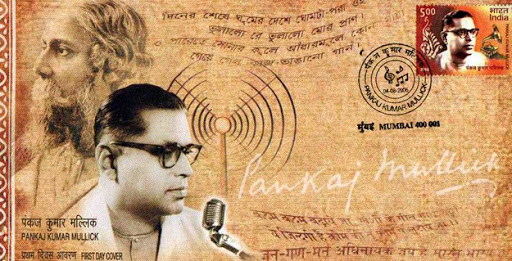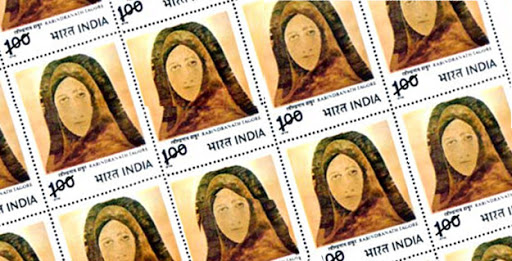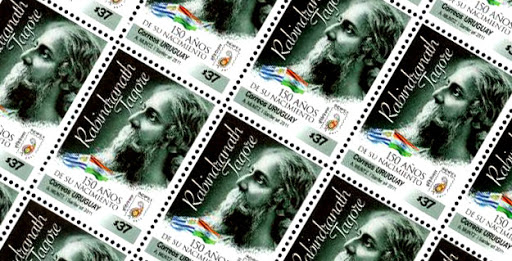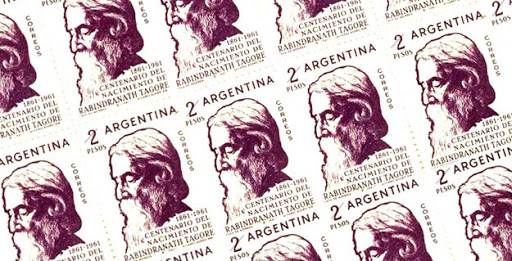Periyar is a protected area, and a Project Tiger nature reserve in the South Indian State of Kerala, set high in the mountains of the Western Ghats at the border to Tamil Nadu. It lies in the districts of Idukki and Pathanamthitta. The protected area covers an area of 777 km², out of which a 350 km² part of the core zone was made into the Periyar National Park and Tiger Reserve, sometimes dubbed the Periyar Wildlife Sanctuary. The park is often called by the name thekkady also. Thekkady is located four km from Kumily, approximately 100 km east of Alappuzha, 110 km west of Madurai and 120 km southeast from Kochi.
The Periyar protected area lies in the middle of a mountainous area of the Cardamom Hills. In the north and the east it is bounded by mountain ridges of over 1700 Meter altitude and toward the west it expands into a 1200 Meter high plateau. From this level the altitude drops steeply to the deepest point of the reserve, the 100 Meter valley of the Pamba River. The highest peak is the 2019 Meter high Kottamalai.
The sanctuary surrounds picturesque 26 km² Periyar lake, formed by the building of Mullaperiyar Dam in 1895. This reservoir and the Periyar River meander around the contours of the wooded hills, providing a permanent source of water for the local wildlife.
Altogether 62 different kinds of mammal have been recorded in Periyar, including many threatened ones. Though it's titled a tiger reserve, there are hardly any tigers left in the sanctuary. Tourists also come here to view the Indian elephants in the act of ablution and playfulness by the Periyar lake. The elephant number around 900 to 1000 individuals. Other mammals found here include gaur, sambar (horse deer), barking deer, mouse deer, Dholes (Indian wild dogs), mongoose and leopards. Also inhabiting the park, though rarely seen, are the elusive Nilgiri tahr.
Four species of primates are found at Periyar - the rare lion-tailed macaque, the Nilgiri Langur, the common langur, and the Bonnet Macaque. Madhumalai means old hills. Madhumalai Sanctuary, rich in bio-diversity and dense vegetation, is sandwiched between the Bandipur and Annamalai sanctuaries, and together the three form the Nilgiri Biosphere Reserve in the Western Ghats, with the Mysore-Ooty highway passing through it. It is situated at an elevation of 1000 metres and extends over an area of 321 sq. kms where lie the sanctuary between Kerala and Karnataka states. It was one of the first wildlife sanctuaries in the country and is home to the spotted deer, Tiger, wild boar & sloth bear. Otters and crocodiles inhabit the Moyar River.
Kaziranga National Park is a national park in the Golaghat and Nagaon districts of Assam, India. It is a World Heritage Site, and two-thirds of the world's Great One-horned Rhinoceroses live in the park.Kaziranga has the highest density of tigers among protected areas in the world and was declared a Tiger Reserve in 2006. The park has large breeding populations of elephants, water buffalo and swamp deer. Kaziranga is recognised as an Important Bird Area by Birdlife International for conservation of avifaunal species. The park has achieved notable success in wildlife conservation compared to other protected areas in India. Located on the edge of the Eastern Himalaya biodiversity hotspot, the park combines high-species diversity and visibility.
Kaziranga is a vast expanse of tall elephant grass, marshland and dense tropical moist broadleaf forests crisscrossed by four major rivers, including the Brahmaputra, and has numerous small bodies of water. Kaziranga has been the theme of several books, documentaries and songs. The park celebrated its centenary in 2005 after its establishment in 1905 as a reserve forest.
Bandipur National Park is one of India's best known sanctuaries, and is an important Project Tiger reserve. It is located in the Chamarajanagar district of southern Karnataka in south India, and is contiguous with the Mudumalai National Park in the neighbouring state of Tamil Nadu, the Wynad Wildlife Sanctuary in Kerala, and the Nagarhole National Park to the northwest. It is home to around seventy tigers and over three thousand Asian elephants (as per the 1997 census), along with leopards, dholes, gaur and sloth bears. Bandipur is part of the Nilgiri Biosphere Reserve.The Western Ghats, Nilgiri Sub-Cluster (6,000+ km²), including all of Bandipur National Park, is under consideration by the UNESCO World Heritage Committee for selection as a World Heritage Site.
Bandhavgarh National Park (Devanagari: बांधवगढ राष्ट्रीय उद्दान) is located in Umaria district of Madhya Pradesh state in India. Bandhavgarh was declared a national park in 1968 with an area of 105 km². The buffer is spread over the forest divisions of Umaria and Katni and totals 437 km². The park derives its name from the most prominent hillock of the area, which is said to be given by Lord Rama to his brother Laxman to keep a watch on Lanka. Hence the name Bandhavgarh (Bandhav=Brother, Garh=Fort). This is a Small National Park, Compact, yet full of game. The density of the tiger population at Bandhavgarh is the highest known in India. This is also white tiger country. These have been found in the old state of Rewa for many years. Maharaja Martand Singh captured the last known in 1951. This white tiger, Mohan, is now stuffed and on display in the palace of the Maharajas of Rewa.











0 comments:
Post a Comment